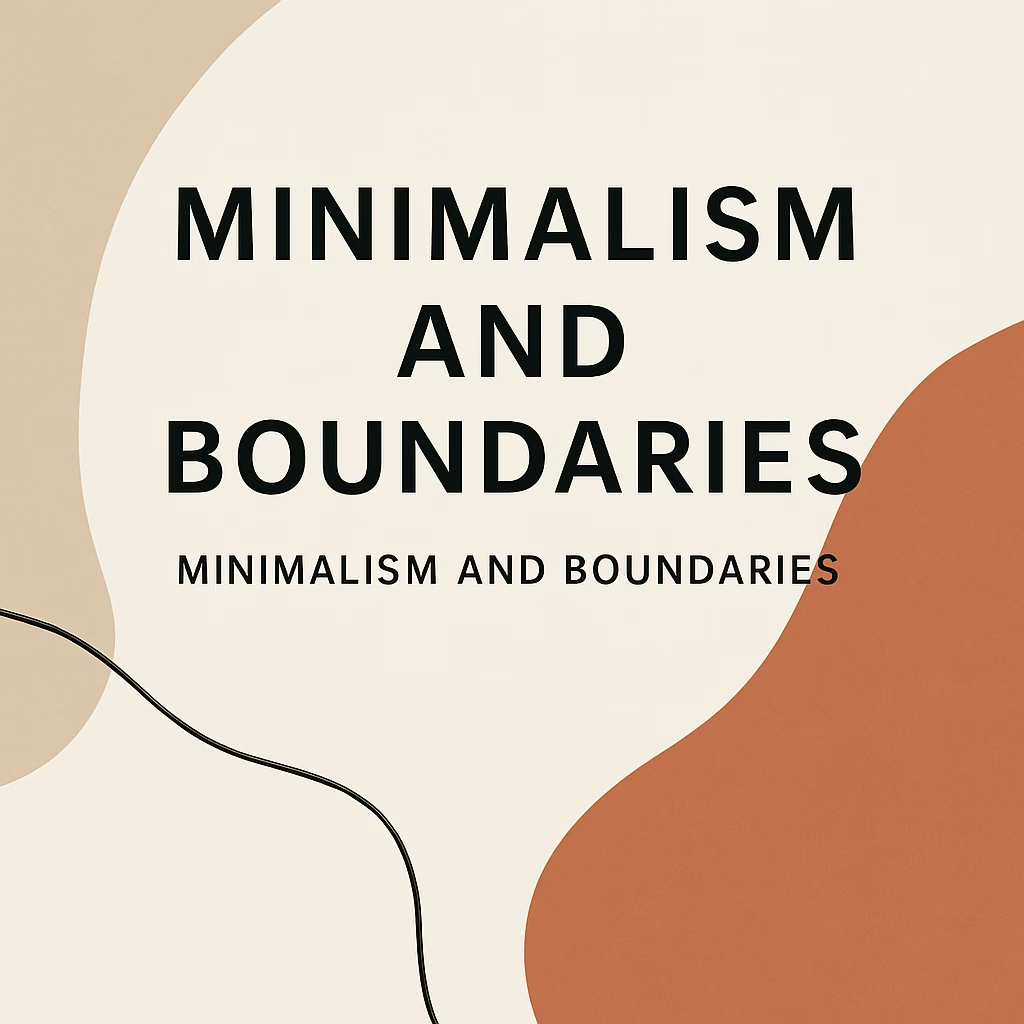We’re taught to be agreeable, helpful, and available. But constantly saying “yes” to every request, invitation, or expectation leads to burnout, resentment, and a cluttered life—both physically and emotionally.
Minimalism isn’t just about what you own; it’s also about how you manage your time, energy, and attention. And one of the most powerful tools for protecting those things is learning to say no.
Why We Struggle to Say No
Saying no is uncomfortable, especially if you’re:
-
Afraid of disappointing others
-
Worried about being seen as rude or selfish
-
Addicted to busyness
-
Unsure of your own limits or priorities
But constantly saying yes means constantly abandoning yourself. Minimalism offers a mindset shift: you don’t need to do more—you need to do less, better.
Minimalism and Boundaries Go Hand in Hand
A minimalist lifestyle isn’t just about removing objects; it’s about removing obligations that don’t align with your values. Boundaries are what keep the noise out and protect what matters most inside.
Saying no isn’t rejection. It’s redirection—toward what really matters.
Step 1: Know What You’re Saying Yes To
Every time you say yes to something, you’re saying no to something else. Ask yourself:
-
Is this aligned with my values or goals?
-
Do I genuinely want to do this, or do I feel obligated?
-
Will this steal time or energy from something important?
A strong no protects your best yes.
Step 2: Start With Low-Stakes Situations
Build confidence by practicing in smaller moments:
-
Decline a group chat that drains you
-
Say no to an extra shift or volunteer request
-
Skip an event you don’t enjoy
As you build the muscle of no, it gets easier to use it when it really counts.
Step 3: Use Clear, Kind Language
You don’t need to over-explain or apologize excessively. Try:
-
“Thanks for thinking of me, but I’m not available.”
-
“I can’t commit to that right now.”
-
“That’s not something I can take on at the moment.”
Minimalism is about clarity. Your words should be the same.
Step 4: Set Boundaries Around Digital Life
Your attention is a valuable resource. Protect it by:
-
Turning off notifications after work hours
-
Creating tech-free zones in your home
-
Setting email response windows
-
Saying no to replying instantly to every message
Silence is a boundary too.
Step 5: Notice the Gains, Not Just the Guilt
Saying no may feel uncomfortable at first, but notice what you gain:
-
More rest
-
Deeper focus
-
Closer relationships
-
Time for what energizes you
Minimalism is about making space—and boundaries create that space in your calendar and your soul.
Saying No Is a Kindness to Yourself
You weren’t meant to do it all, respond to it all, or be everything to everyone. Saying no is how you protect your peace and live a life that’s intentional, grounded, and full of meaning.
A minimalist life doesn’t happen by accident. It happens every time you choose to say:
“No, thank you. I’m choosing something better.”

